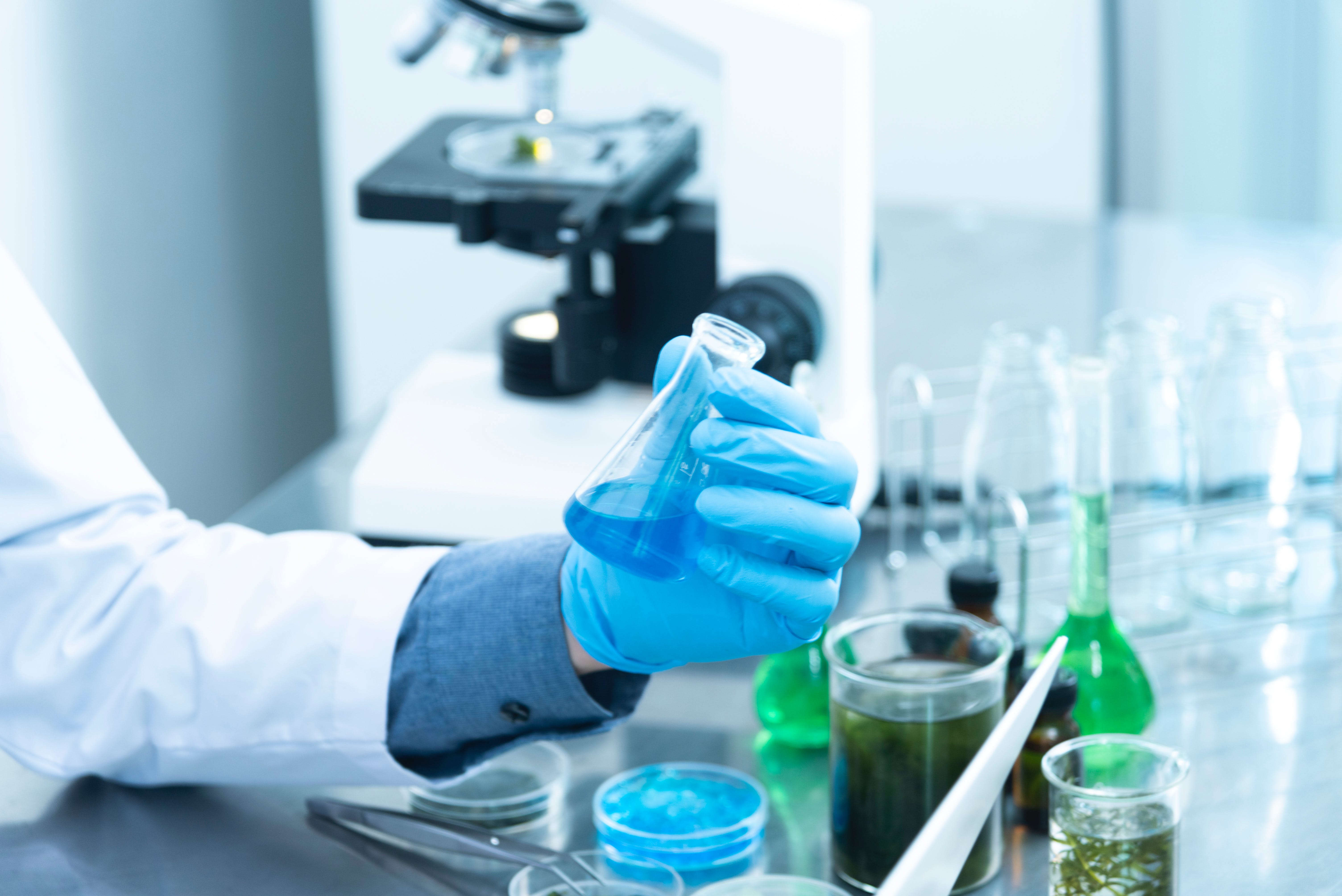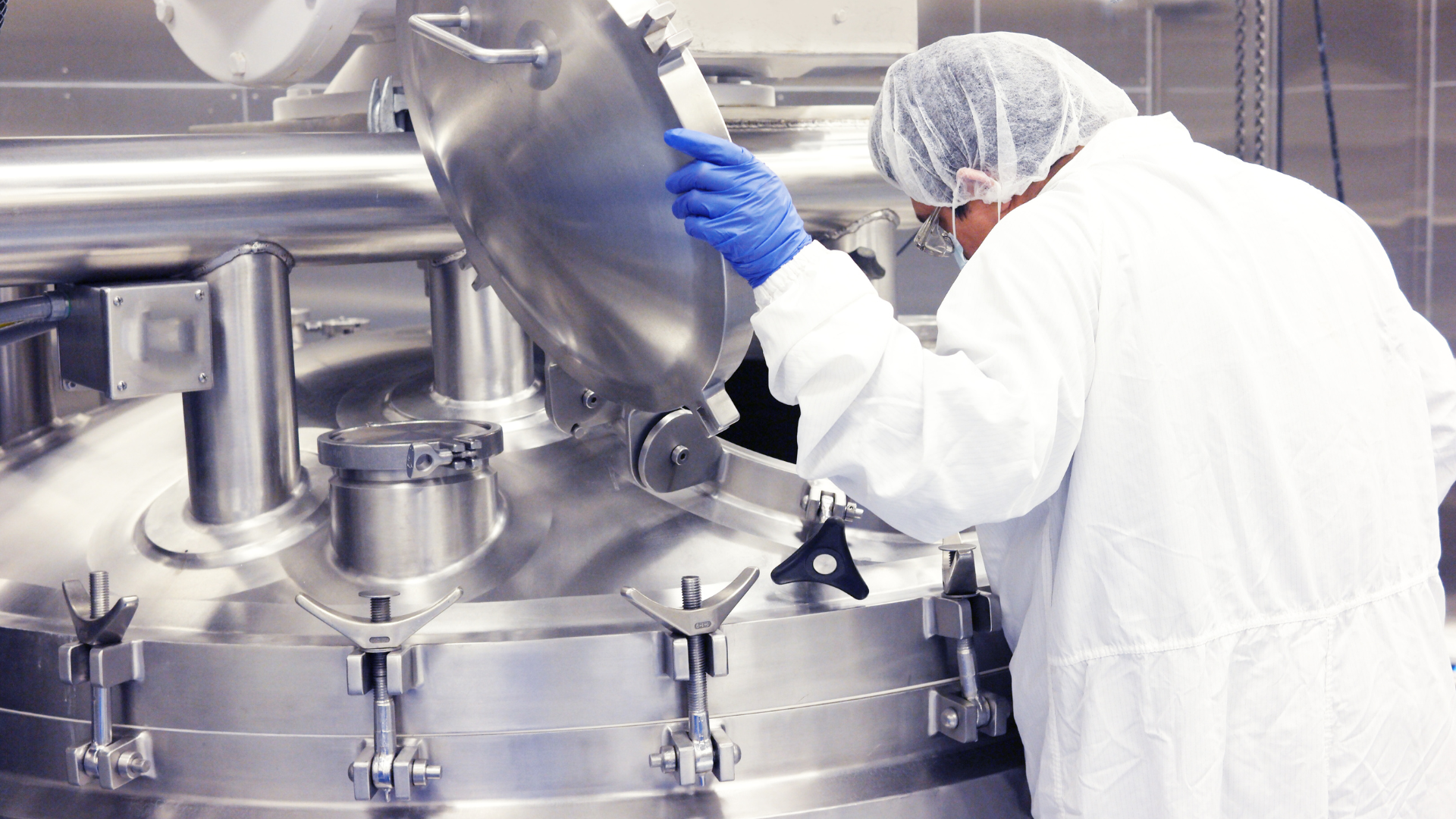Preserving Life's Potential: methods and conditions of cryopreservation

Cryopreservation stands at the forefront of technological advancements that have profoundly influenced medicine, biotechnology, and conservation biology. This revolutionary technique enables the long-term storage of biological materials, such as cells, tissues, and organs, by freezing them at ultra-low temperatures. Its significance lies in the preservation of genetic material and the biological integrity of these samples, making them available for future use. Whether it's aiding in medical treatments, facilitating scientific research, or conserving endangered species, cryopreservation serves as a critical tool in the preservation of life's fundamental components. Cell & Gene by Oxford Global delves deep into the science of cryopreservation, exploring its mechanisms, methodologies, applications, and the future directions this essential technology is headed towards.
What is Cryopreservation of Cells and Tissues?
Cryopreservation is a method used to preserve living cells and tissues at extremely low temperatures, typically at the boiling point of liquid nitrogen, -196°C (-321°F). At these temperatures, all biological activities, including the biochemical reactions that lead to cell death and decay, are effectively halted. This state of suspended animation allows the preserved materials to maintain their viability and functionality over extended periods.
The process of cryopreservation is applicable to a wide variety of biological materials, including single-cell organisms, complex tissues, and even whole organs. It is extensively used for preserving human reproductive cells (sperm and oocytes), embryos, stem cells, and various types of tissue samples for medical research, therapeutic uses, and conservation efforts.
The underlying principle of cryopreservation is to cool the biological samples rapidly enough to prevent the formation of ice crystals within the cells, which can cause cellular damage and death. However, the process must also be controlled carefully to avoid thermal shock and other forms of stress that could compromise the integrity and viability of the preserved cells or tissues. This delicate balance is achieved through the use of cryoprotectants, substances that protect the cells during the freezing and thawing processes by preventing ice crystal formation and reducing osmotic stress.
Cryopreservation has become an indispensable tool in various fields, enabling advances in medical treatments, such as in vitro fertilization (IVF) and organ transplantation, as well as in the conservation of endangered species by banking genetic material. Its importance continues to grow as researchers and clinicians explore new applications and strive to improve the efficiency and outcomes of cryopreservation techniques.
Cooling Rates and Ice Formation
The rate at which samples are cooled plays a crucial role in cryopreservation. Rapid cooling can lead to vitrification, a process where water turns into a glass-like solid without forming ice crystals. This is ideal for preventing mechanical damage to the cells. Conversely, slow cooling allows water to exit the cells, reducing the risk of intracellular ice formation but increasing the risk of osmotic shock. The optimal cooling rate is specific to the type of cell or tissue being preserved and is determined through empirical research.
Cryoprotectants: The Antifreeze of Cryopreservation
Cryoprotectants are substances added to the biological material before freezing to protect the cells during the cryopreservation process. They work by penetrating the cells and replacing water molecules, thus preventing ice crystal formation. Cryoprotectants can be classified into two main types: permeating, like dimethyl sulfoxide (DMSO) and glycerol, which penetrate the cell membrane, and non-permeating, such as sucrose and trehalose, which do not enter the cells but help control osmotic pressure. The use of cryoprotectants is a delicate balance, as their concentration and the exposure time must be carefully controlled to avoid cytotoxic effects.
Freezing and Thawing Processes
The freezing process typically involves gradually cooling the biological material to a pre-determined temperature before storage in liquid nitrogen. This can be achieved using controlled-rate freezers that precisely manage the cooling rate to optimize cell survival. The thawing process, conversely, requires rapid warming to prevent the formation of ice crystals that can occur during slow temperature changes. The rapid thawing of cryopreserved samples minimizes the risk of ice damage and helps maintain cell integrity and viability.
Best Methods for Cryopreserving Cells
Cryopreservation methods have evolved to meet the needs of various types of cells and tissues, with two primary techniques emerging as the most effective: slow freezing and vitrification.
-
Slow Freezing
Slow freezing is a traditional method that involves gradually lowering the temperature of the biological sample. This technique allows for the controlled formation of extracellular ice, promoting the dehydration of cells and minimizing intracellular ice formation. The success of slow freezing depends on the precise control of cooling rates and the use of appropriate cryoprotectants. It is commonly used for a variety of cell types, including sperm, oocytes, and certain types of stem cells.
-
Vitrification
Vitrification represents a newer approach to cryopreservation, offering an alternative to slow freezing. It involves the rapid cooling of biological samples to a vitreous, ice-free state. This method requires higher concentrations of cryoprotectants and ultra-fast cooling rates to prevent ice crystal formation entirely. Vitrification has gained popularity for its ability to preserve the structure and function of more sensitive cells and tissues, such as oocyte and embryo preservation in IVF.
Each method has its advantages and applications, with the choice between slow freezing and vitrification depending on the specific requirements of the biological material being preserved. The ongoing development of cryopreservation techniques continues to improve the survival rates and functional integrity of cryopreserved cells and tissues.
Current Applications of Cryopreservation
Cryopreservation has become an indispensable tool across various sectors, significantly impacting healthcare, research, and conservation efforts. Its ability to maintain the viability of cells, tissues, and organs over extended periods has opened up new possibilities in several fields.
-
In Vitro Fertilization (IVF)
One of the most well-known applications of cryopreservation is in the field of assisted reproductive technology, particularly in vitro fertilization (IVF). Cryopreservation allows for the storage of sperm, eggs, and embryos, enabling couples to plan their families according to their timelines. This technology has also facilitated the donation and transportation of these reproductive materials, making IVF treatments more accessible and flexible.
-
Organ Preservation for Transplantation
Cryopreservation has the potential to revolutionize organ transplantation by significantly extending the viability period of organs outside the body. While the cryopreservation of whole organs is still under research, promising advancements suggest a future where organ shortages could be alleviated. This could enable better matching of donors and recipients, reducing the urgency and complications associated with transplantation logistics.
-
Conservation of Endangered Species
Cryopreservation plays a crucial role in the conservation of endangered species by banking genetic material such as sperm, eggs, and embryos. This genetic reservoir can be used to reintroduce genetic diversity into dwindling populations, assist in captive breeding programs, and potentially revive species from the brink of extinction. The Frozen Zoo® at the San Diego Zoo Global is a leading example, storing samples from over 1,000 species and subspecies.
Cryopreservation Temperature for Tissues
The success of cryopreservation largely depends on maintaining the biological samples at appropriate temperatures that halt metabolic processes without causing damage. The standard temperature for the storage of cryopreserved cells and tissues is -196°C, achieved using liquid nitrogen. This temperature ensures that all biological activity is suspended, preserving the structural and functional integrity of the biological material.
While -196°C is the benchmark for cryopreservation, the optimal storage temperatures may vary slightly depending on the type of tissue and the cryoprotectants used. For instance, some cryopreserved materials can be stored in mechanical freezers at temperatures as high as -80°C for shorter periods. However, for long-term storage and to ensure maximum viability, the ultralow temperatures provided by liquid nitrogen are generally preferred.
Long-term Storage of Cryopreserved Tissues
Long-term storage of cryopreserved tissues requires not only the right temperature but also the right conditions to prevent any degradation over time. This includes secure and stable storage facilities, regular monitoring of storage conditions, and meticulous record-keeping to track the location and viability of stored samples.
One of the main challenges in long-term cryopreservation is the risk of contamination and the potential for mechanical failure of storage equipment. To mitigate these risks, cryopreservation facilities implement rigorous sterilization protocols, regular equipment maintenance schedules, and backup systems to protect against power outages or equipment failure. Additionally, the development of cryopreservation databases and tracking systems ensures efficient management and retrieval of stored samples.
Risks of Cryopreserving Cells and Tissues
Despite the advancements in cryopreservation techniques, the process is not without its risks. The primary concern is the potential for cellular damage due to ice crystal formation, even with the use of cryoprotectants. Additionally, the toxicity of high concentrations of cryoprotectants and the stress of the freezing and thawing processes can affect cell viability.
To minimize these risks, ongoing research is focused on optimizing cryoprotectant concentrations and cooling rates, as well as developing new cryoprotectants with lower toxicity. Advances in vitrification and the use of antioxidants and other protective agents are also being explored to enhance cell survival rates during cryopreservation.
Future Research and Applications of Cryopreservation
The future of cryopreservation holds promising advancements and expanded applications that could further revolutionize fields like medicine, conservation, and biotechnology. Ongoing research is focused on overcoming current limitations and exploring new frontiers that could enhance the efficacy and applicability of cryopreservation techniques.
-
Emerging Technologies in Cryopreservation
Technological innovations continue to push the boundaries of what is possible in cryopreservation. Nanotechnology, for instance, offers new ways to control ice formation at the cellular level, potentially reducing damage during the freezing and thawing processes. Additionally, machine learning algorithms are being developed to optimize cryopreservation protocols, predicting the best conditions for each type of cell or tissue based on vast datasets.
Another area of research is the development of synthetic cryoprotectants that could offer the same protective benefits as traditional cryoprotectants but with reduced toxicity and improved biocompatibility. These advancements could lead to safer, more reliable cryopreservation methods, increasing the viability of cells and tissues after thawing.
-
Expanding Applications in Regenerative Medicine
Cryopreservation is set to play a crucial role in the growth of regenerative medicine. The ability to store stem cells, organoids, and tissue-engineered products at cryogenic temperatures will enable the creation of "bio-banks," where these materials can be accessed as needed for therapeutic applications. This could facilitate personalized medicine approaches, where patient-specific cells are stored and used for treatments, reducing the risk of rejection and improving outcomes.
Furthermore, the cryopreservation of induced pluripotent stem cells (iPSCs) offers the potential for creating patient-specific cell lines that can be differentiated into various cell types for tissue repair and replacement. This approach could lead to breakthroughs in treating a wide range of degenerative diseases and injuries.
-
Cryopreservation and Biodiversity Conservation
The role of cryopreservation in conserving biodiversity is expected to grow, with efforts focusing on the cryobanking of genetic material from an increasingly wide range of species. This genetic reservoir could be invaluable in restoring ecosystems and reintroducing genetic diversity into populations affected by climate change, habitat loss, and other environmental pressures.
Conclusion
Cryopreservation is a technology at the intersection of science, medicine, and conservation, offering unparalleled opportunities to preserve the building blocks of life. As we advance our understanding and capabilities in cryopreservation, the potential applications seem almost limitless. From transforming organ transplantation and fertility treatments to safeguarding biodiversity for future generations, cryopreservation stands as a beacon of hope and innovation.
Visit our Cell portal to read more articles on gene editing and the latest advances in cellular therapies. If you'd like to register your interest for our upcoming Cell & Gene Event >>







